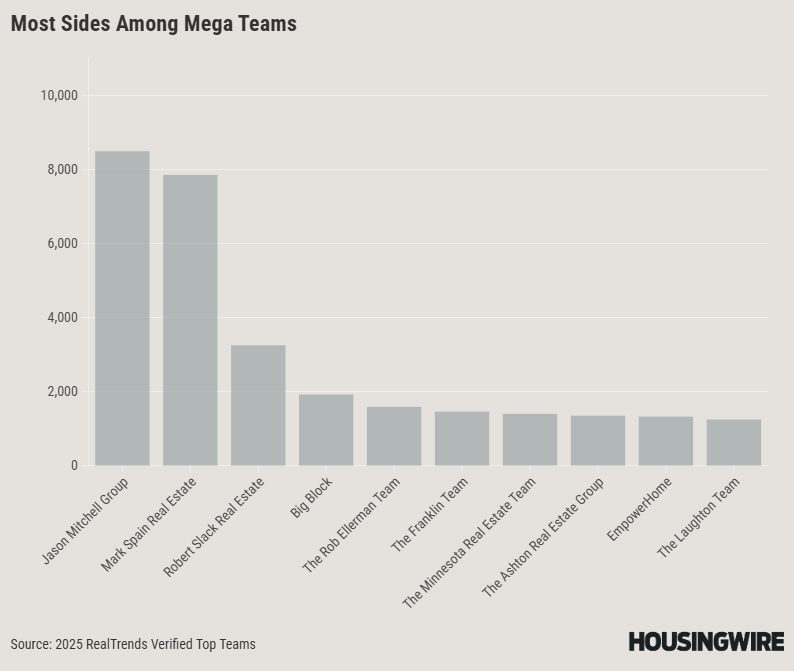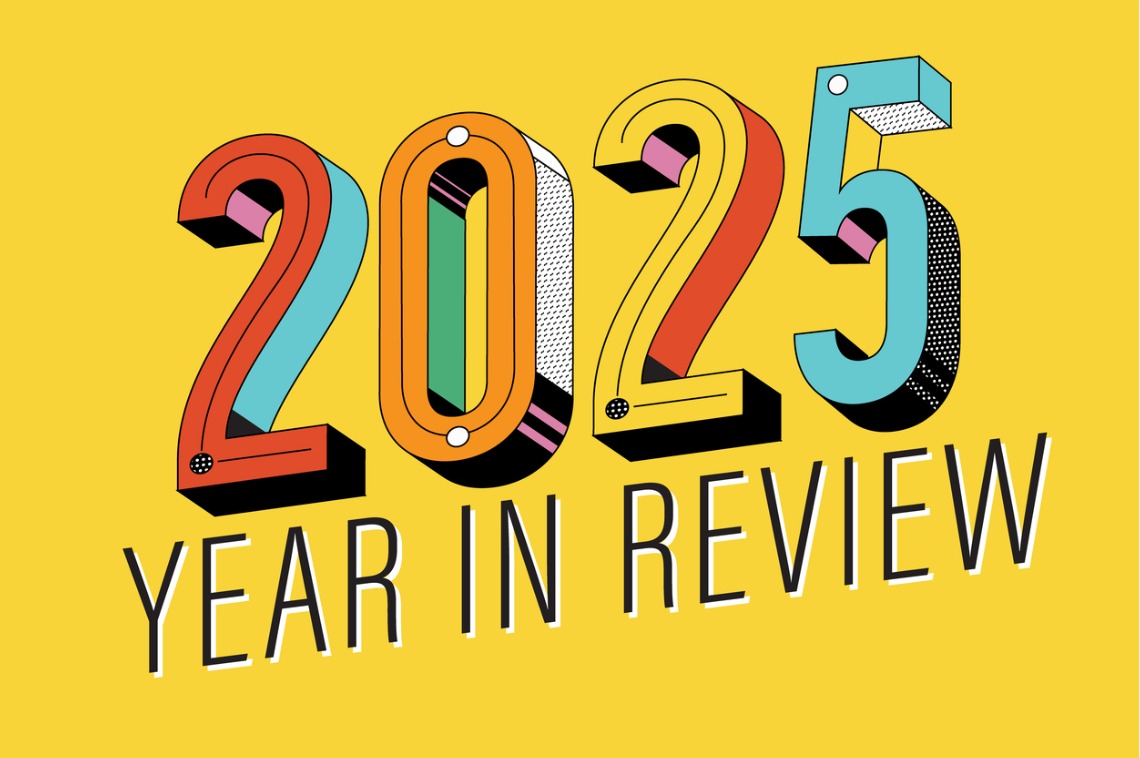L
PT Realty's growth is driven by its adaptable compensation models, which cater to the career stage of each real estate agent. New agents benefit from a flat-fee model, while top performers prefer traditional splits. This approach creates alignment with team leaders and has led to significant expansion.
The company's team-building strategy also diverges from industry norms. Unlike some brokerages that discourage solo agents from joining teams for fear of losing revenue, LPT Realty fosters collaboration. Teams have evolved in size and complexity, incorporating marketing, tech, and administrative support to boost productivity.
LPT Realty is already a prominent player on the 2025 Team Rankings from RealTrends Verified, with four mega teams ranking among the top 25 in sides. The firm's success builds upon the foundation laid by Keller Williams in the late 1990s, which popularized team-based business models through Gary Keller's book Millionaire Real Estate Agent.
As technology advances, teams have grown exponentially, incorporating executive assistants, transaction coordinators, and marketing managers to manage their operations. Some teams have become so large that they blur the line between a team and a brokerage, giving rise to the term "teamerage."
Keller Williams remains the dominant force in the team rankings, but newcomers like LPT Realty are gaining ground. The industry is shifting towards more sophisticated team structures, with a focus on automation, lead conversion, and operational efficiency.
The concept of teams continues to evolve, with some brokerages adopting hybrid models that combine elements of both teams and traditional brokerages. For example, Chris Speicher leads two teams at different brokerages, while the Hundley Group has an arrangement with a leading homebuilder that provides a constant stream of leads.
As the industry moves forward, experts predict that artificial intelligence will play a significant role in helping agents develop leads and streamline operations. However, current AI options have yet to reach their full potential, and teams are still exploring ways to integrate this technology into their workflows.















